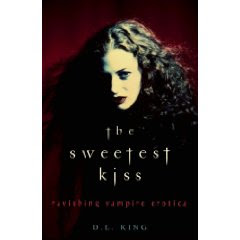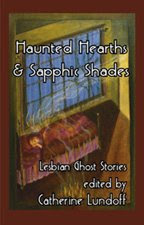I titled my previous post Another Day, Another Layer, and then went with the Newton's Cradle metaphor instead. Confusing? I bet. Made sense to me, but my mind works in weird tangents. So let me explain.
My stories tend to be densely written. I can't help it. I try to write something simple and straightforward, but I simply can't, because I can't stand stories where I have to take the word of the author that people fell in love or whatever. I have to see it. So I can't write stories like that. I have to prove it to my readers. It's kind of like being a trial lawyer and presenting a case. Evidence is shown and testimony is given in a specific order. The background comes first. Then the setting. Things start to speed up as the major event (conflict) is revealed and discussed. Hopefully, if all the evidence was presented correctly, it leads the jury to the desired conclusion. As a member of a jury, I'm not going to take the prosecutor's word for it that something happened a certain way. I have to hear the testimony. As a reader, I feel the same way about a story. I have to be shown everything so that I'm convinced that the conclusion is realistic and inevitable.
But now I'm talking trials and not layers.
The way I make my case, or tell my story, is to first fill in the bare facts of what happened in a timeline from the main character's point of view. But then I go back to each important secondary character and make sure that they react to the facts of what happened in a manner that is consistent with that character's POV. This helps build the conflict. In real life no two people are going to see the same event and interpret it the same way, and they shouldn't in a book either.
Tangent: Okay, in the beginning of a story, characters should have wildly divergent POVs that, through mutual experiences and building understanding, begin to merge so that in the end, if the characters have truly become a team, they will tend to process the same facts in a similar manner. Never exactly the same, but they should reach conclusions that mesh. OR you can begin with characters who are already a team and have meshing POVs, but through their experiences those shared beliefs should begin to diverge to the point that there is major conflict between them. (This type of story is much rarer. I wish I could think of an example off the top of ym head.)
Back to layers: So I keep going back over the same chapters, each time concentrating on some aspect of it. Plot. Setting. Character. In earlier chapters, I try to show a smaller example of the larger conflict that will play out at the end.
As an example of this - in the new classic holiday movie A Christmas Story, Ralphie wants a Red Ryder BB Gun for Christmas. Earlier in the story, he receives in the mail his Little Orphan Annie decoder ring. He waits impatiently through the radio show for the secret message. When he has it, he runs upstairs and barricades himself in the bathroom as he fumbles around with his decoder. His little brother is pounding on the bathroom door. The tension mounts. His mother yells at him to get out of the bathroom. Finally, he has the message. BE SURE TO DRINK YOUR OVALTINE. He leaves the bathroom crushed that he was duped into decoding "A lousy Ad." Through the rest of the movie, he's trying to convince his parents to get him the BB Gun. After a lot of disappointments (the bunny suit) his Old Man finally hands him a hidden package that contains the BB Gun. We've already seen Ralphie get what he wants only to be disappointed by it, so we're primed for tragedy as he heads out into the back yard with his new gun. And he does have a mishap. But because this is a happy story, it's only a little setback, and at the end he falls asleep cradling his BB Gun and the voice over tells us what we already know - that this was his best Christmas ever.
So I try to have scenes that not only move the story forward and kick up the tension a notch, but also reflect the bigger conflict. It's like applying coats of varnish. Each coat is transparent so that you can see through to the primary coat, but those layers also add depth. That's what I meant by another day, another layer.
I'd explain how that translated into a Newton's Cradle, but my thought processes defy explanation. Just take my word for it that, in my mind, the two are logically related.
Wednesday, January 09, 2008
Subscribe to:
Post Comments (Atom)















.jpg)











No comments:
Post a Comment